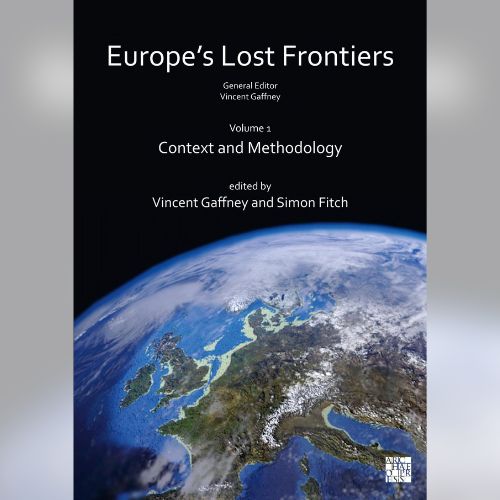Robin Allaby, Rebecca Cribdon, Rosie Everett, Roselyn Ware. (2022). Sedimentary ancient DNA palaeoenvironmental reconstruction in the North Sea landscape. Europe’s Lost Frontiers. Chapter 8.
A key objective of Europe’s Lost Frontiers was to recover floral and faunal information from the Early to Mid-Holocene period from ancient DNA that persists in the sediments of the North Sea, offering the potential of unprecedented insight into the ecology of Doggerland. Ancient DNA (aDNA) has been the subject of investigations for over three decades from various biological remains, however the neoteric retrieval of ancient DNA from permafrost and cave sediments was both a major, surprise discovery and opened up a new vista of possibilities in palaeoenvironmental reconstruction (Willerslev et al. 2003). Sedimentary ancient DNA (sedaDNA) is diffuse environmental DNA which can be taken from a variety of sources, including permafrost, ice, soils, lake and marine sediments, cave deposits, and middens (Rawlence et al. 2014). In recent years these sources of aDNA have been used in the development of palaeoenvionmental reconstructions


